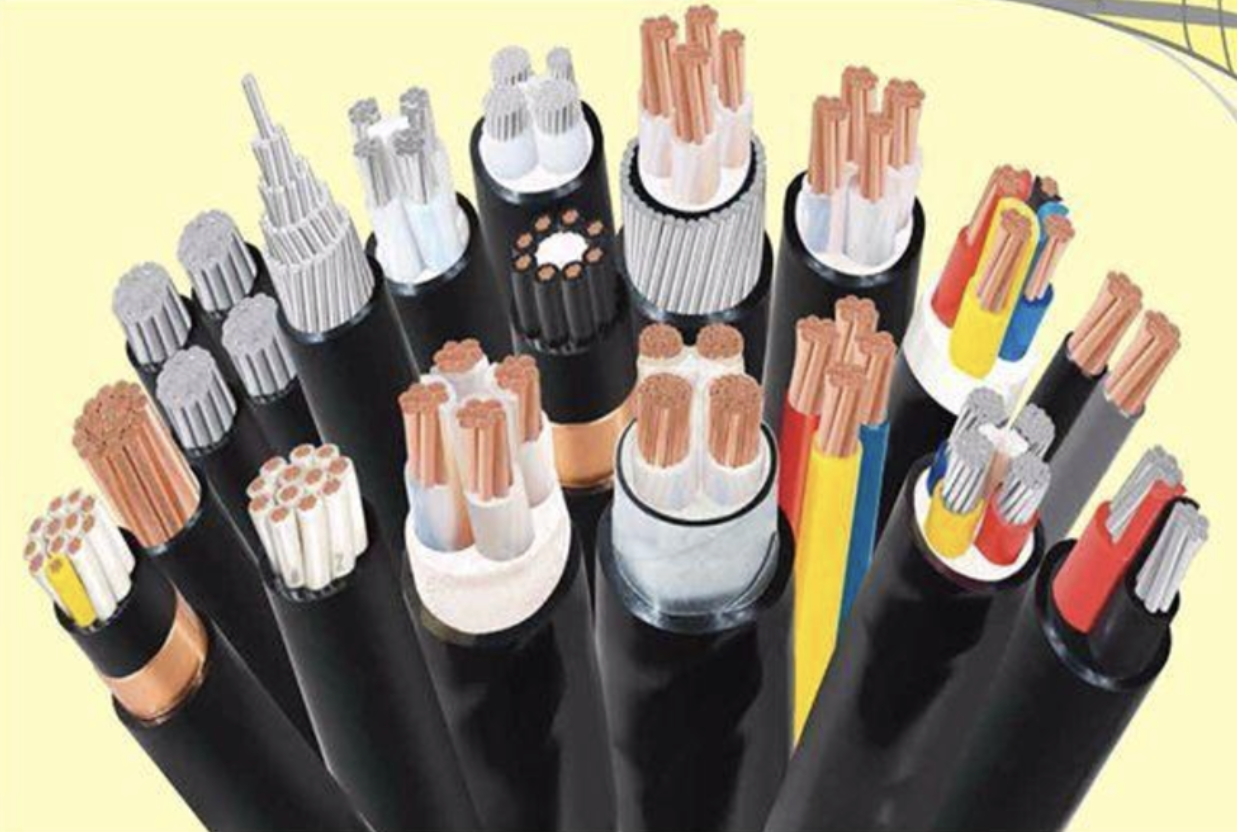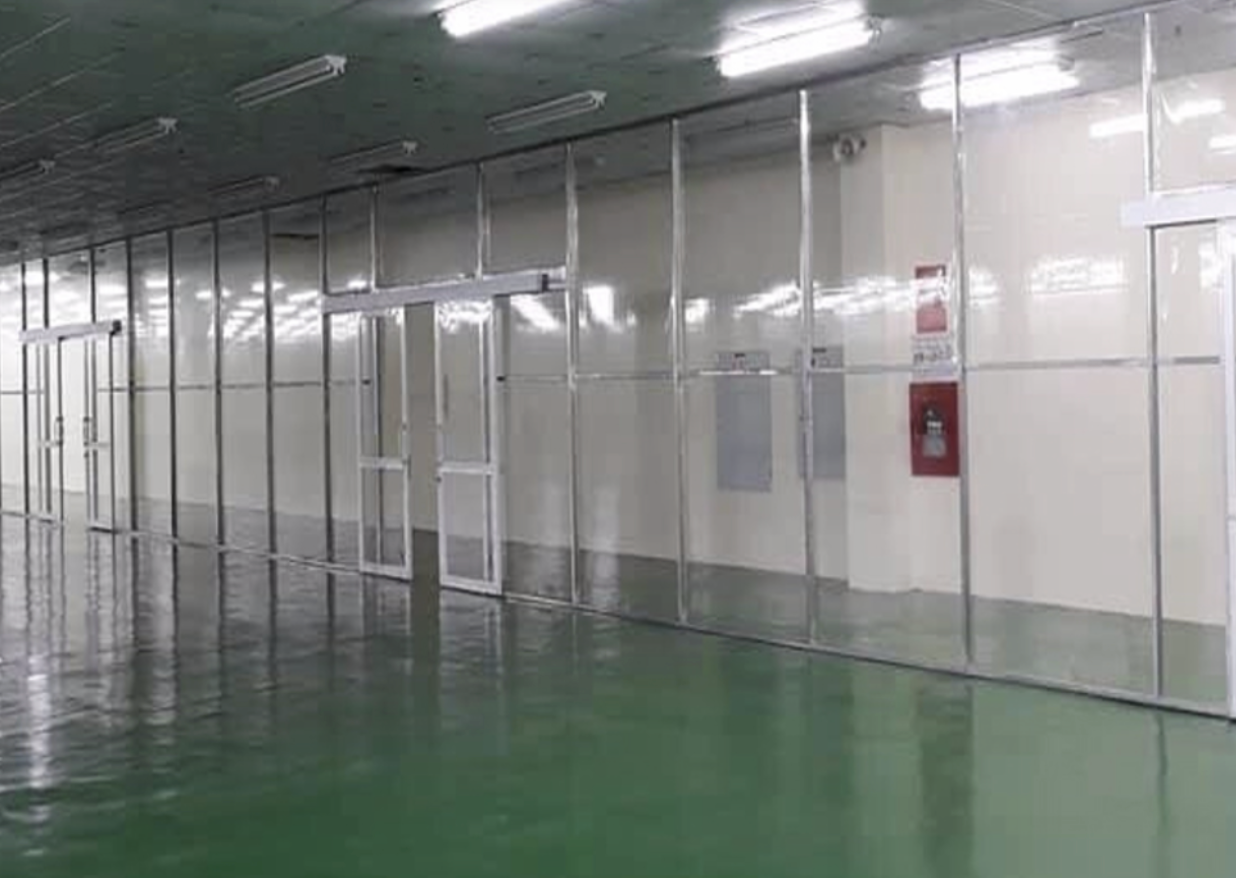Transparent nylon is an advanced technical material widely applied in various industries such as electronics, healthcare, packaging, and manufacturing. The production process of transparent nylon requires specialized techniques and high expertise. The following article will detail the production stages, from raw material selection to final processing, helping readers understand this complex process better.
1. Overview of Nylon
Nylon is an important synthetic polymer in the industry with diverse applications. It was first invented by Wallace H. Carothers in the 1920s at DuPont, becoming one of the first synthetic polymers made entirely from petrochemicals. Nylon is known for its high strength and abrasion resistance, making it an ideal choice for products like clothing, textiles, and mechanical parts.

Nylon 6 and nylon 66 are two of the most popular types due to their outstanding features in various fields. With heat resistance, durability, and flexibility, nylon is produced in various forms, including transparent nylon, which is preferred in applications requiring high physical and aesthetic properties.
Physical Properties: Transparent nylon has high tensile strength, good elasticity, and abrasion resistance. It can absorb a certain amount of moisture from the environment, affecting dimensional stability and mechanical properties. Among the different types, nylon 6 has lower absorption compared to others, making it a suitable biomaterial for many specific applications.
Chemical Properties: Nylon is stable in many different environments, including exposure to mild acids and bases. However, nylon may degrade when exposed to strong acidic environments. This requires careful design of nylon applications in harsh environments to ensure product quality and durability.
Overall, transparent nylon not only plays an important role in the industry but also represents a promising material for the future. The development and improvement of nylon production techniques will certainly lead to better products, from material properties to practical applications.
See more: What is nylon? All about its properties and common uses
2. Basic Steps to Create Transparent Nylon
To create transparent nylon, the following steps need to be undertaken:
Step 1. Material Selection
The primary raw materials for producing transparent nylon mainly include polyamide plastic pellets, which are typically derived from petroleum. Some common pellets in the production of transparent nylon include PA6, PA66, and PA610.
Step 2. Separation and Mixing of Raw Materials
This process requires specialized equipment to ensure the ratios between different plastics and additives are accurate. Proper mixing will help optimize the transparency and mechanical properties of the nylon. Typically, transparent nylon needs a light transmission ratio of at least 90% to ensure transparency comparable to other plastics like PMMA (Acrylic). Temperature and pressure must be tightly controlled to ensure the creation of a durable polymer structure.
Step 3. Heating and Extrusion
The temperature during this process must be strictly controlled, generally ranging from 200°C to 230°C, allowing the plastic pellets to melt and become pliable. The material will then be shaped through molds or drawn into fibers to create nylon forms that meet the required transparency and ductility.
See more: Types of plastic extrusion and its manufacturing process
Step 4. Cooling and Shaping
The cooling process helps fix the shape and ensures that the nylon achieves the necessary hardness. Depending on the final product requirements, nylon can be cut into flat sheets, rolled, or shaped according to pre-designed molds. Slow cooling will assist in maintaining transparency and preventing cracking.
Step 5. Quality Testing
Final products must be tested for transparency, tensile strength, impact resistance, and other technical criteria. To meet standards, transparent nylon must have a light transmission above 90% and good mechanical properties to ensure the product can be utilized for various industrial and consumer applications.
The production process of transparent nylon requires meticulous and precise steps. This not only ensures technical requirements are met but also positions transparent nylon as a potential material for many future applications. Furthermore, advancements and improvements in manufacturing technology will help expand its applications, generating quality and effective products to satisfy human needs.
3. Applications of Transparent Nylon
Transparent nylon, with its transparency and high strength properties, has become widely used in various fields. Below are some notable applications of transparent nylon:
3D Technology: Transparent nylon is the perfect choice for 3D printing due to its easy shaping capabilities and high durability. 3D printed products from transparent nylon are not only aesthetically pleasing but also fit for various applications, from prototypes to functional components.

Automotive Parts: The automotive industry has employed transparent nylon in the production of some components, particularly in parts requiring high strength and heat resistance. This contributes to reducing vehicle weight, optimizing performance, and saving fuel.

Mesh and Woven Fabrics: Transparent nylon is popular in the production of mesh and woven fabrics due to its strength and good water resistance. This product is commonly used in outdoor and sports applications, where durability and waterproofing are essential.

Children's Toys: Transparent nylon is also used in the production of children's toys. These products often need to ensure safety and high durability while also being able to withstand impacts from children.

Electronic Components: In the electronics field, transparent nylon is used to manufacture electronic components, specifically in creating enclosures. Thanks to its good electrical insulation and high durability, transparent nylon protects internal components from environmental factors while maintaining the aesthetic appeal of the product.

Food Packaging: Transparent nylon is used to produce food packaging. The transparency of nylon allows consumers to easily see the products inside without having to open the packaging. This not only helps protect the food but also enhances the shopping experience for consumers.

Medical Products: Transparent nylon is utilized in the medical field to manufacture products such as catheters and other parts that require transparency and antimicrobial properties. This is crucial in ensuring safety and effectiveness for medical applications.

Partitions and Windows: In construction and interior design, transparent nylon is used to create partitions and windows that separate spaces. With its high light transmission properties, nylon helps optimize natural light in living and working environments. This not only saves energy but also creates a sense of spaciousness.

Fashion Clothing and Accessories: Transparent nylon is also used in the fashion industry to create products like thin clothing, bags, and accessories. The lightweight and sturdy properties of nylon make products comfortable and stylish while ensuring necessary durability.

Overall, the varied applications of transparent nylon demonstrate that it is a flexible and effective material. From food packaging to electronic components and fashion, transparent nylon not only meets technical requirements but also ensures aesthetics and safety for consumers. With significant development potential in the future, transparent nylon is expected to be increasingly utilized across various fields.
4. Challenges and Solutions
Despite its many advantages, such as high durability and good light transmission, the production of transparent nylon faces several challenges.
- Transparency Challenge: Achieving the desired transparency is one of the largest challenges in producing nylon. The complex molecular structure of nylon often limits its light transmission capability. To improve transparency, manufacturers need to select appropriate additives while optimizing processing methods. Additionally, the habit of using different types of plastic pellets can impact the transparency of nylon, leading to subpar final products.
- Durability and Recycling Capabilities: Although nylon has good tensile strength, during production and use, it can easily crack or break if not adequately reinforced. Moreover, raw nylon is often more challenging to recycle than other types of plastics, leading to difficulties in waste management and environmental protection when producing transparent nylon.
However, several significant solutions are being researched to overcome these challenges. Specifically:
- Recycling Solutions: Employing nylon recycling technology, such as using recycled nylon fibers, helps minimize waste and enhance usability. These studies not only improve the recyclability of nylon but also reduce its environmental impact.
- Using Transparent Additives: Employing types of transparent reinforcing agents, such as glass beads or recycled pellets, can significantly enhance the transparency of nylon.
Advanced Manufacturing Technologies: Utilizing copolymerization processes or other manufacturing methods can help create transparent nylon with better durability. Furthermore, combining nylon with other materials may yield superior properties that meet increasing user demands.
In conclusion, while transparent nylon faces several challenges in the industry, advancements in technology and the use of appropriate additives can help address these issues. This not only enhances the quality of the products but also promotes sustainability in the production and consumption of nylon.
See more: Plastic Processing Challenges & Common Approaches to Overcome Them
5. Conclusion
Transparent nylon is not only a versatile material but also the product of a meticulous and precise manufacturing process. Through the steps of raw material selection, compression, extrusion and quality control, transparent nylon can meet the strict standards of durability and transparency. Understanding this process will help product manufacturers optimize their products, opening up many application opportunities in industrial and consumer fields, affirming its important position in modern life.
6. About EuroPlas' PA Products
EuroPlas is one of the leading manufacturers of engineering plastics in Vietnam, providing high-quality plastic solutions for various applications. Their two standout product lines are PA66, PA6 blend compound and PA66 & PA6 fiberglass compound. Both possess superior features and meet the diverse needs of the market.

See more: PA6 vs. PA66: The Differences Between Two Engineering Giants
Thanks to compound products, EuroPlas has established its position in the engineering plastics market. These offerings not only possess superior characteristics but also feature diverse applications, fully compatible with the needs of modern industries.
EuroPlas is committed to delivering high-quality products that best serve customers and meet the increasingly diverse market needs. Contact EuroPlas now for prompt consultation!